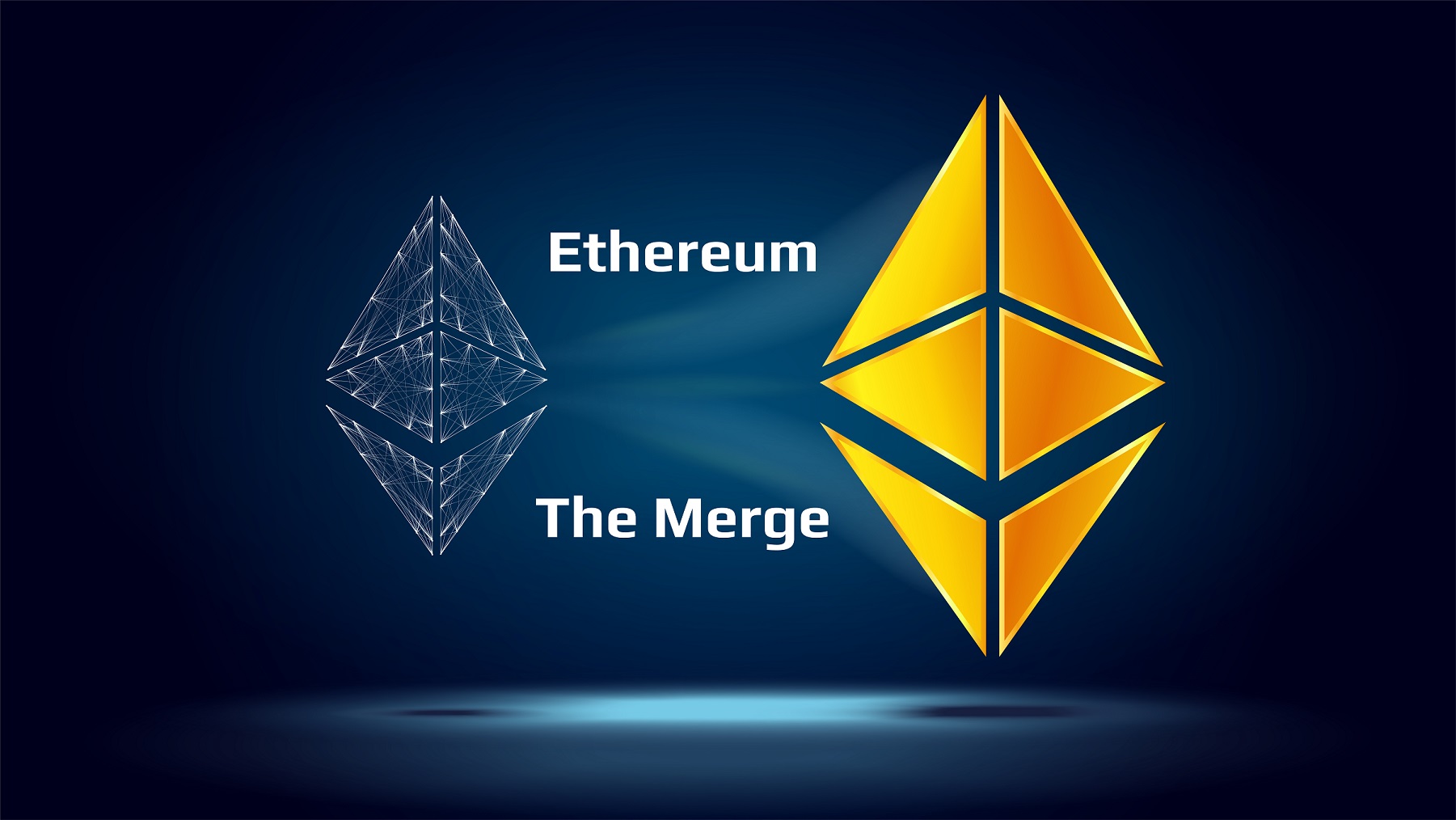
- Blockchain Council
- September 21, 2022
Ethereum has completed its highly anticipated transition from proof-of-work (PoW) to proof-of-stake (PoS) in a process known as the Merge.
It wasn’t simple to go from proof-of-work to proof-of-stake and has undergone endless testing. Before the merge, Justin Drake, a researcher at the nonprofit Ethereum Foundation, said he used the analogy of “switching our an engine from a running car.” It might potentially yield great rewards. Ethereum should now consume 99.9% less energy than it did previously.
The creators of Ethereum claim that the upgrade will also improve the network’s security and scalability. The network currently supports the ecosystem of DEXs, lending institutions, NFTs markets, and other decentralized apps.
When the Merge started on 6th September 2022 at 6:43 a.m. UTC, everyone watched eagerly as significant metrics began to trickle in, demonstrating that Ethereum’s core mechanisms had held up. After roughly 15 minutes, the Merge eventually ended, and it was declared successful.
Goodbye, Miners
An unchangeable transaction record is trusted globally and is readable, modifiable, and stored in a decentralized ledger. Furthermore, it operates without the need for intermediaries. We all know it as Bitcoin.
The underlying concept of Bitcoin was developed further with the launch of Ethereum in 2015. The blockchain works as a sort of global supercomputer for smart contracts, which store data on its network. This invention made it possible for the development of NFTs and Decentralized Finance (DeFi), which gained a lot of popularity recently.
Because of The Merge, Ethereum’s proof-of-work system is no longer in operation. This method involves crypto miners vying to add transactions to their ledger and collecting incentives for doing so by breaking codes.
Today, most bitcoin mining happens in “farms,” though factories might be a better term due to the strain of producing cryptocurrency, a large warehouse filled with rows of computers stacked on top of one another in a manner akin to bookcases in a university library.
This technology, which Bitcoin pioneered, is to blame for Ethereum’s high energy consumption and for the blockchain industry’s reputation as a threat to the environment.
Welcome, Stakers
The brand-new proof-of-stake is entirely done away with by the Ethereum mining system.
Miners are replaced with validators, who “stake” at least 32 ETH to a network address where they are neither buyable nor sellable.
The ETH tokens are similar to raffle tickets: the validation stakes are proportional to the chances of being picked.
Ethereum launched Beacon Chain in 2020. However, the Merge was used as a staging location to ensure a smooth changeover. The Beacon Chain and Ethereum’s main network were merged in order to make the switch to proof-of-stake.
Beiko claims that proof-of-stake transactions are free from even a slight rounding error. An app’s behavior on a MacBook is comparable to proof-of-stake. Utilizing Slack is analogous. It’s similar to using Netflix or Google Chrome. Since your MacBook requires electricity to function, it is plugged into a wall socket. I doubt anyone considers how Slack’s operations affect the environment, though.
Edgington concluded that the Merge upgrade’s effect on the environment is its most exciting feature. I’m thrilled to be able to reflect on the past and say that, you know, I helped to remove a megaton of carbon dioxide from the environment each week.
Incentives for the Stakers
The Ethereum network is best viewed as a nation-state, a type of living organism that develops when a collection of computers interact with one another in a common language and follow a common set of laws, as opposed to just one open-source software.
These computers will benefit from new incentives to work in line with the rules thanks to Ethereum’s new mechanism, which will guard the ledger from unwanted tampering.
Physical resources can be converted into network security via the proof-of-work approach. We translate money resources into security in terms of proof-of-stake, the speaker explained.
Although thousands of individual miners were responsible for running and protecting Ethereum’s proof-of-work network, just three mining pools accounted for the majority of the hashrate, or the sum of all the network’s miners’ computer power.
The amount of ETH staked in a proof-of-stake system, as opposed to the amount of energy used, determines control over the network. Proof-of-stake proponents contend that this increases the cost and futility of attacks because they run the risk of having the attackers’ staked ETH diminished as a result of their attempts to harm the network.
The hype surrounding proof-of-stake is not universally shared. There are currently no indications that proof-of-work, which is still the more dependable and secure method, will ever be removed from Bitcoin, for instance.
Conclusion
Sharding update that was initially intended to go along with the transition to proof-of-stake, has been deprioritized due to the success that third-party solutions, known as rollups, have had in overcoming the same issues.
Rollups anticipate the likely future of Ethereum development, where community solutions rather than changes to the platform’s core code will take center stage when it comes to extending the chain’s capabilities.
Vitalik Buterin sees the Merge as just the beginning of his adventure. To transform Ethereum into what we want it to be, let’s go forward with developing all the other elements of this ecosystem.



































































![Top 10 Cryptocurrencies To Invest In 2023 [UPDATED]](https://www.blockchain-council.org/wp-content/uploads/2021/09/Top-10-Cryptocurrencies-To-Invest-In-2023-1.jpg)

 Guides
Guides News
News Blockchain
Blockchain Cryptocurrency
& Digital Assets
Cryptocurrency
& Digital Assets Web3
Web3 Metaverse & NFTs
Metaverse & NFTs
